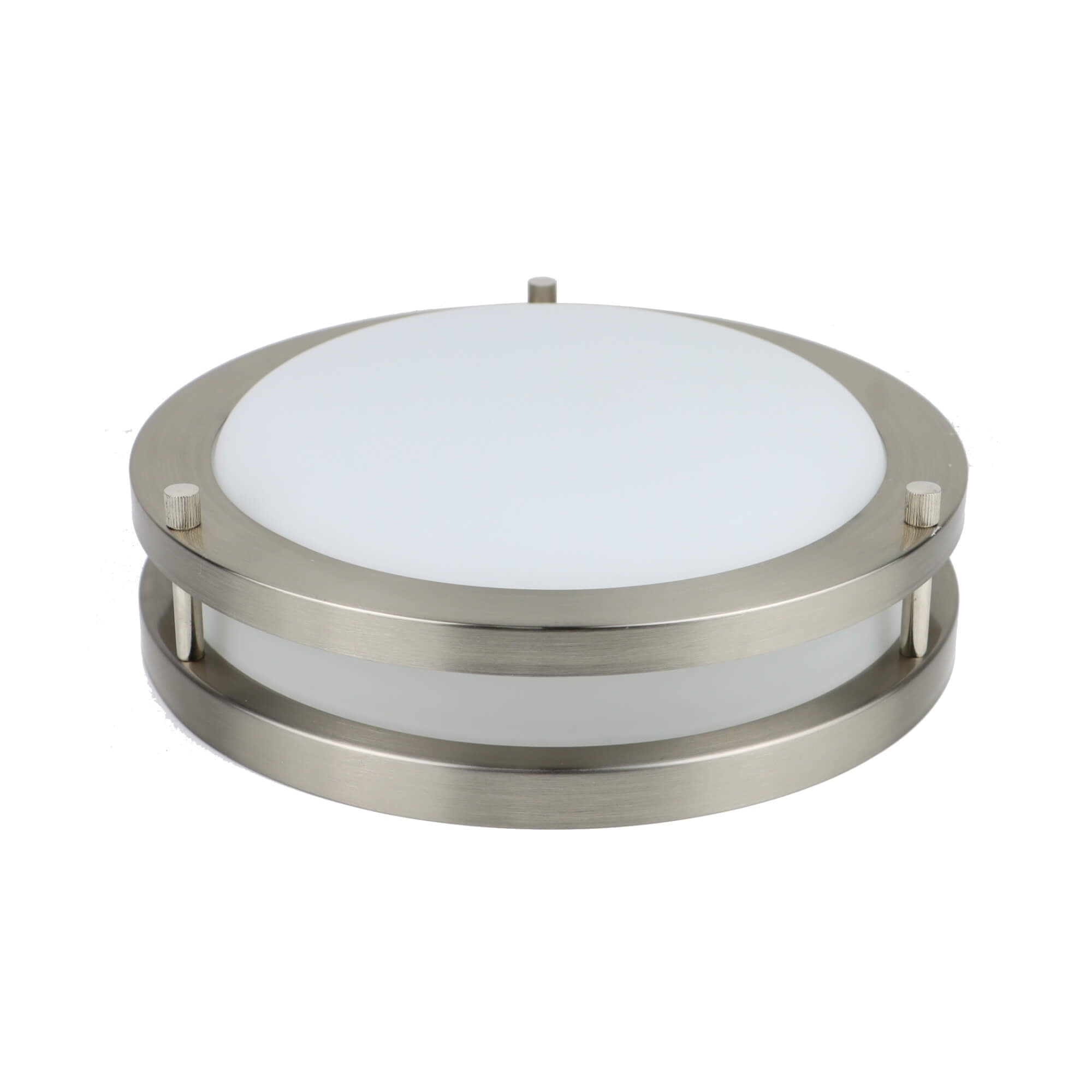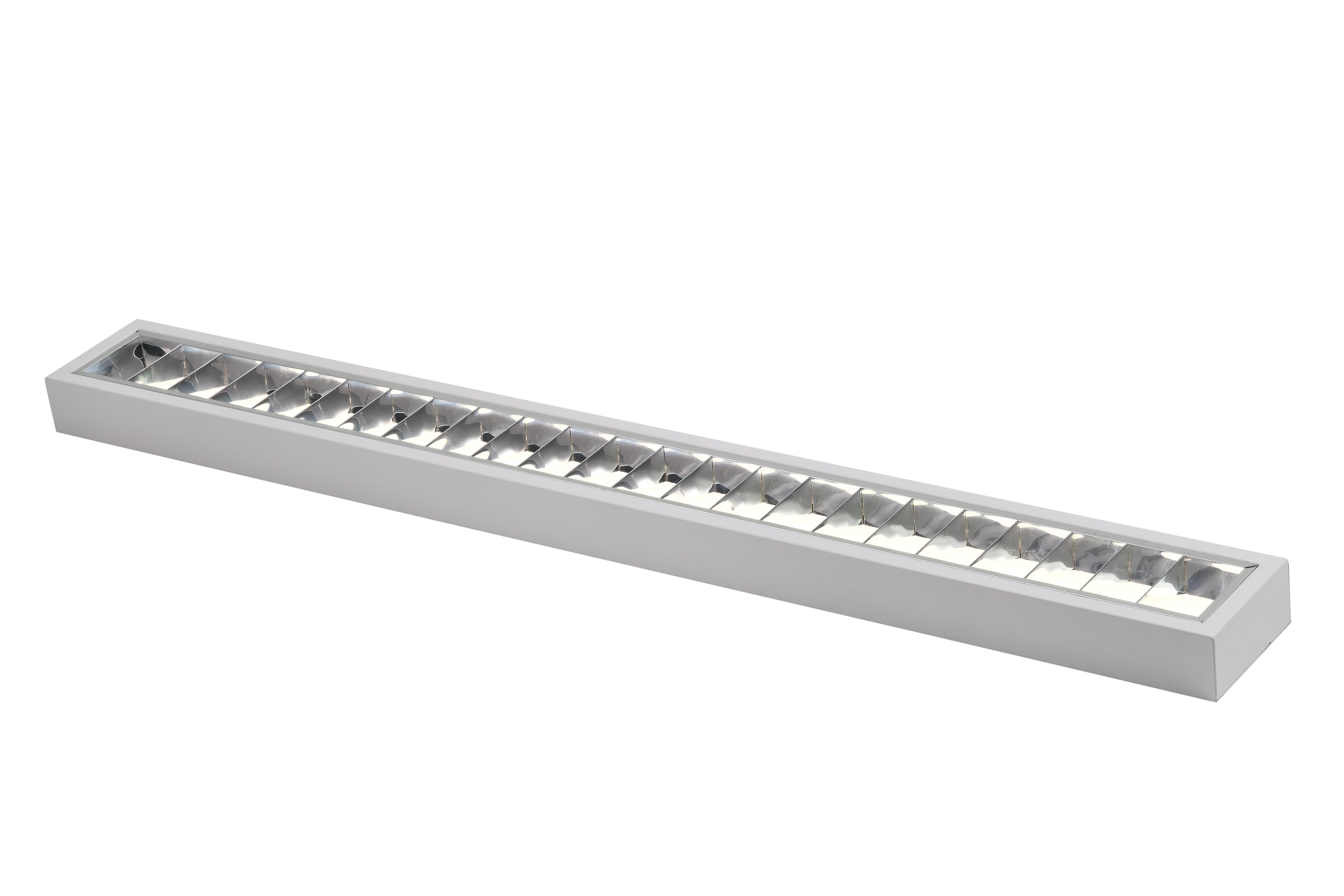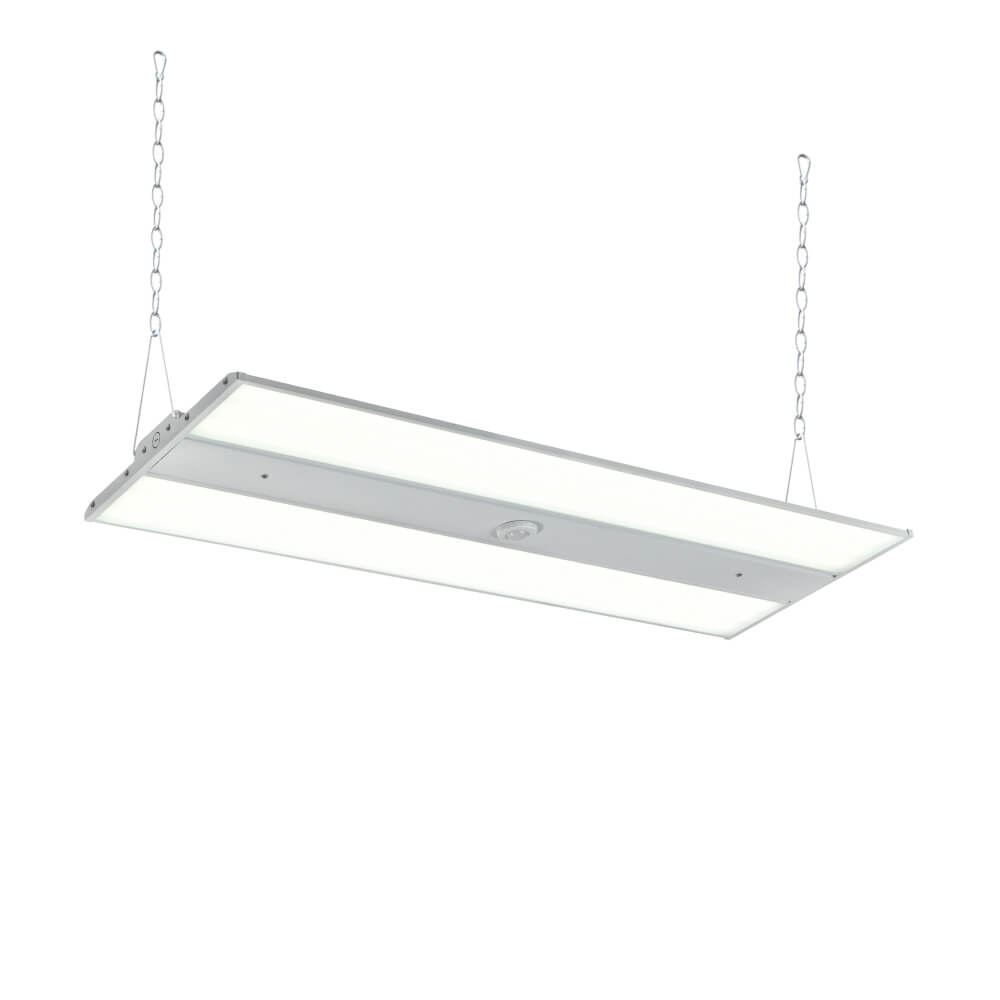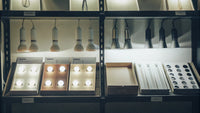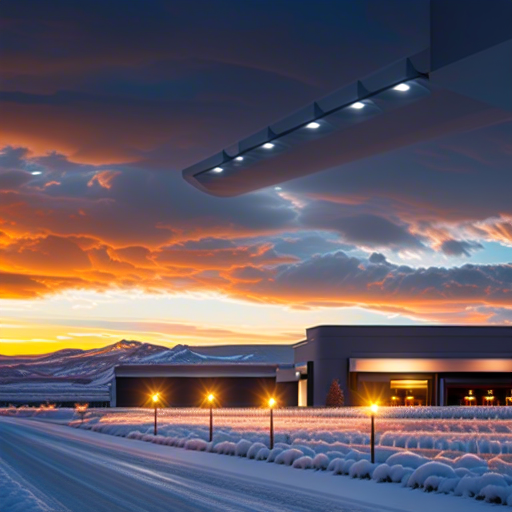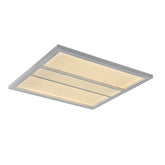How to Choose the Right LED Light for Extreme Temperatures
If you’re facing the challenge of extreme temperatures and need lighting that won’t let you down, LED lights are the answer.Halcon Lighting is able to offer a wide range of high-quality LED options.This guide is designed to help you, as a wholesaler, make an informed decision on which LEDs to stock up on. We’ll cut through the technical jargon and get straight to what matters: finding LED lights that handle intense cold or heat with ease. Whether you’re supplying businesses in scorching deserts or frigid tundras, here’s how to choose LEDs that are as tough as the conditions they’ll brave – without costing too much.
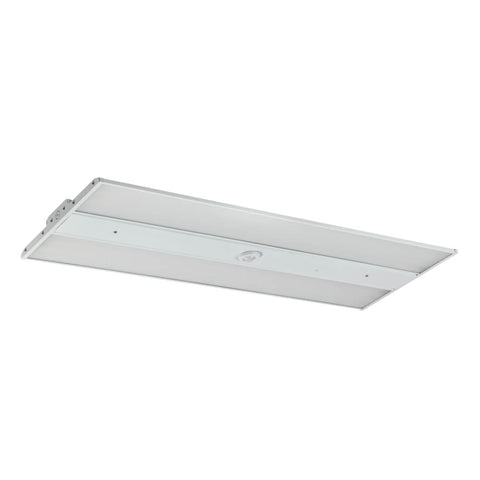
Why Should You Trust LED Lightss in Extreme Heat and Cold?
LED lights are dependable in extreme temperatures for a few straightforward reasons. In hot conditions, traditional bulbs can overheat. This extra heat can damage their internal parts, making them burn out sooner. LEDs are more resistant to heat because they produce less of it in the first place, so they don’t get as stressed by warm surroundings.However, it's natural to wonder, Do LED Lights Get Hot? Although they operate at cooler temperatures than incandescent lights, it's worth exploring just how hot LEDs can get and what that means for your fixtures.
Cold weather poses its own challenges. Regular light bulbs can struggle to start when it’s cold because the technology they rely on needs a certain amount of heat to work properly. LEDs don’t have this problem. They light up just fine in cold settings because they don’t need to warm up. Their design allows them to operate effectively at low temperatures where other bulbs would falter.
In addition to their ability to turn on instantly in the cold, LEDs also maintain a consistent light output. Where traditional lighting might flicker or fade, LEDs keep shining steadily, ensuring reliable illumination even when the thermometer drops. Their durability in various temperature ranges makes them a trusted choice for lighting that needs to perform year-round, regardless of climate conditions.
Choosing the Right LED Light for Environments Up to 122°F (50°C)
As a wholesaler, you know that versatility in product selection is key. LED lights that can withstand temperatures up to 122°F (50°C) are ideal for a multitude of settings, such as busy warehouses, sun-exposed retail spaces, and industrial areas with high operational heat. Here’s how to select the best LEDs for these warm environments.
The Versatility of High Heat Tolerance
- Broad Application: LEDs that hold up to 122°F are suitable for various applications, from indoor locations that house heat-generating machinery to outdoor fixtures exposed to the full brunt of the sun.
- Customer Assurance: Offering LEDs rated for these temperatures provides peace of mind to clients who operate in hot climates or settings where temperature control might be a challenge.
Key Features of High-Temperature LEDs
- Heat Resilience: LEDs designed to function at higher temperatures must feature heat-resistant components that prevent performance degradation over time.
- Advanced Cooling Mechanisms: A well-designed heat sink is essential for dissipating heat effectively in these environments, ensuring the LED maintains optimal light output and color consistency.
- Real-World Testing: Manufacturers should back up their high-temperature claims with evidence from real-world testing in similar conditions, providing case studies from satisfied customers when available.
Factors for Wholesaler Consideration
- Rated Temperatures: Always check that the LEDs not only meet the standard operational range but are also specifically rated to perform up to 122°F (50°C) without losing efficiency or lifespan.
- Certification and Compliance: Only stock LEDs that come with proper certifications indicating they have been tested and passed high-temperature operation standards.
- Warranties and Support: Choose manufacturers that offer robust warranties and excellent customer support, crucial for products expected to endure demanding conditions.
Stocking LEDs capable of withstanding temperatures up to 122°F (50°C) positions you as a go-to source for reliable lighting solutions across a spectrum of industries and applications. From lighting up vast warehouse aisles to keeping storefronts bright and welcoming under the summer sun, these LEDs ensure that you’re providing value through durability and performance. It’s an investment in customer satisfaction and long-term business relationships, showing that you understand the diverse needs of the market and cater to them proactively.
Choosing the Right LED Light for Low-temperature Environments
For locations where temperatures can plummet, selecting LEDs that effectively operate in low-temperature environments is crucial. LEDs that perform well in conditions as chilly as -4°F (-20°C) can offer significant advantages, particularly for settings like cold storage warehouses, outdoor lighting in cold climates, and refrigerated display cases.

The Demand for Cold-Resistant Lighting
- Wide-Ranging Use: LEDs capable of operating in sub-zero temperatures are sought after for their ability to maintain consistent light output without a warm-up period, a common issue with traditional lighting in cold settings.
- Reliability in the Cold: Providing lights that work efficiently at these low temperatures ensures your clients have reliable options for essential lighting, which is especially important in critical applications such as food storage and transportation.
Features to Look For in Low-Temperature LEDs
- Cold-Tolerant Components: Seek out LEDs built with materials and components rated for low temperatures, ensuring they won’t become brittle or fail in the cold.
- Thermal Management Tailored for Cold: Even in low temperatures, managing the internal heat of an LED is important. A good design will protect the light from temperature extremes both inside and outside the unit.
- Verified Performance in Cold Conditions: Make sure any low-temperature LED products have been tested and verified for performance in cold conditions, ideally backed by positive feedback from users in similar situations.
Considerations for Wholesalers
- Specified Temperature Ratings: Confirm that the LEDs have been tested and rated for use at -4°F (-20°C) or lower, which should be explicitly documented by the manufacturer.
- Quality Certifications: Look for LEDs with certifications from recognized industry bodies that ensure they meet specific low-temperature operational criteria.
- Warranty and Manufacturer Support: As with high-temperature LEDs, choose those with solid warranties and dependable support systems to provide assurance against the unique challenges of cold-weather operation.
By carefully evaluating and choosing LEDs that are designed to perform reliably in low-temperature environments, you’re able to offer solutions that stand up to the challenge of the cold. This not only expands your client base to those with specialized lighting needs but also underscores your commitment to delivering quality products that perform in various conditions. With the right low-temperature LEDs in your product line-up, you can cater confidently to industries and regions where the cold is a factor, ensuring illumination isn’t compromised by a drop in mercury.For those who operate in these colder climates, especially in cold storage facilities, our The Ultimate Guide To LED Lights For Cold Storage Facilities can provide comprehensive insights and best practices for effective lighting solutions that thrive under such demanding conditions.
Additional Considerations for Wholesalers When Stocking LEDs
Beyond temperature resilience, wholesalers must consider several other factors to ensure they are providing the best LED products to their customers. Here are some additional considerations to take into account:
Energy Efficiency
LEDs are renowned for their energy efficiency, but there is still variation among products. Look for those with superior lumens-per-watt ratios and that support sustainability initiatives, which can be a strong selling point for clients looking to reduce energy costs and environmental impact.
Dimming Capabilities
Certain environments require lighting systems with adjustable brightness. Offering LEDs with seamless dimming capabilities allows for versatility in usage and can contribute to energy savings.
Color Rendering Index (CRI)
The CRI of an LED measures its ability to reveal the colors of objects faithfully in comparison to a natural light source. High CRI LEDs are crucial in settings where color differentiation is important, such as in retail displays or art galleries.If you'd like to understand this concept in more detail, our Color Rendering Index:What is CRI ? article takes an in-depth look at why CRI is a key performance metric and how it affects color perception in a variety of lighting applications.
Compatibility with Existing Fixtures
It’s important to stock a range of LEDs that can easily retrofit into existing lighting fixtures. This makes the transition to LED simpler for your customers, especially if they’re upgrading from traditional lighting solutions.
Smart Features
With smart technology becoming more prevalent, LEDs that can be integrated into building management systems or that offer features like motion sensors and connectivity options are increasingly attractive to consumers.
Durability and Build Quality
The construction quality of an LED light can affect its longevity and performance. Choose LEDs that are robustly built and come from manufacturers with strict quality control standards.
Product Warranties and Guarantees
A manufacturer’s warranty is often a reflection of the confidence they have in their product. Offering LEDs with generous warranties can give your customers added peace of mind and protection for their investment.
Technical Support and Customer Service
Post-sale support is vital; ensuring that you partner with manufacturers who provide excellent technical and customer service will help you build long-term relationships with your customers.
Market Trends
Staying informed about the latest trends and developments in LED technology can give you a competitive edge. It’s important to keep your inventory up-to-date with the latest advancements to meet consumer demand.
Regulatory Compliance and Certifications
Ensure that the LEDs you stock comply with all relevant regulations and industry standards. This can include certifications like Energy Star, UL, CE, and RoHS, which can influence a buyer’s purchasing decision.
By addressing these comprehensive considerations, wholesalers can curate a high-quality, versatile LED inventory that meets a wide range of customer needs and positions them as leaders in the market. It’s not just about selling a product—it’s about offering a solution that aligns with the varied priorities and requirements of today’s discerning buyers.
Marketing Strategies for Wholesalers Selling LED Lights
As
a wholesaler, effectively marketing your LED lights can significantly boost sales and strengthen your brand. Here are some tailored marketing strategies to consider:
-
Educational Content Creation: Develop informative content that highlights the benefits of LEDs over traditional lighting, focusing on energy efficiency, cost savings, longevity, and environmental impact. Use blogs, videos, and infographics that can be shared across various platforms.
-
Leveraging Case Studies: Share success stories and case studies from satisfied customers who have made the switch to your LED products. Real-world examples of cost savings and performance can be very persuasive.
-
Trade Shows and Industry Events: Participate in trade shows and industry events to showcase your products, network with potential buyers, and stay on top of market trends.
-
Building Partnerships and Relationships: Forge strong relationships with manufacturers to potentially negotiate better prices or exclusive deals. Network with contractors, electricians, and designers who can recommend your products to end users.
-
Offering Competitive Pricing and Discounts: Utilize volume discounts, seasonal promotions, and special offers to encourage bulk purchases. Providing financial incentives can often be the deciding factor in a buyer’s decision-making process.
-
Implementing a Robust Digital Marketing Strategy: Invest in search engine optimization (SEO) to increase the visibility of your LED products online. Paid advertising and social media campaigns can also target specific demographics or industries
-
Highlighting Unique Selling Propositions (USP): Whether it’s superior product lifespan, exceptional customer service, or unique product features like smart technology integration, make sure your USPs are front and center in all marketing materials.
-
Utilizing Customer Feedback: Encourage and share customer reviews and testimonials. Positive feedback from other businesses can greatly influence purchasing decisions.
-
Sustainability-Driven Marketing: With growing awareness around environmental issues, emphasize the sustainability aspect of LEDs in your marketing. Highlight how using LED lighting can contribute to corporate social responsibility goals.
-
After-Sales Support and Service: Promote your after-sales support services, as they can be a significant differentiator. Fast, reliable customer service can lead to repeat business and strong word-of-mouth referrals.
-
Customized Solutions: Offer customized lighting solutions or consultations. This personalized approach can meet specific customer needs and set you apart from competitors.
By deploying a variety of marketing strategies tailored to the strengths of your products and the needs of your customers, you can effectively communicate the value of your LED offerings. These tactics, paired with a strong understanding of your client base, can help you to not only sell LEDs but to become a trusted partner to your customers.
Get LED Lights Ready for Heat Waves and Cold Snaps
If you’re a wholesaler picking LED lights for places with extreme heat or cold, you need to choose tough, reliable ones. Look for LEDs that can handle the temperature, whether it’s really hot or super cold, and make sure they’ve been tested for those extremes. Remember to also think about energy saving, how well they show true colors, and if they can fit into existing light fixtures. Keep up with the latest LED tech and rules, too. Good marketing and customer service will help sell these LEDs. By doing all this, you’ll give your customers great products that last long and work well, no matter the weather.
